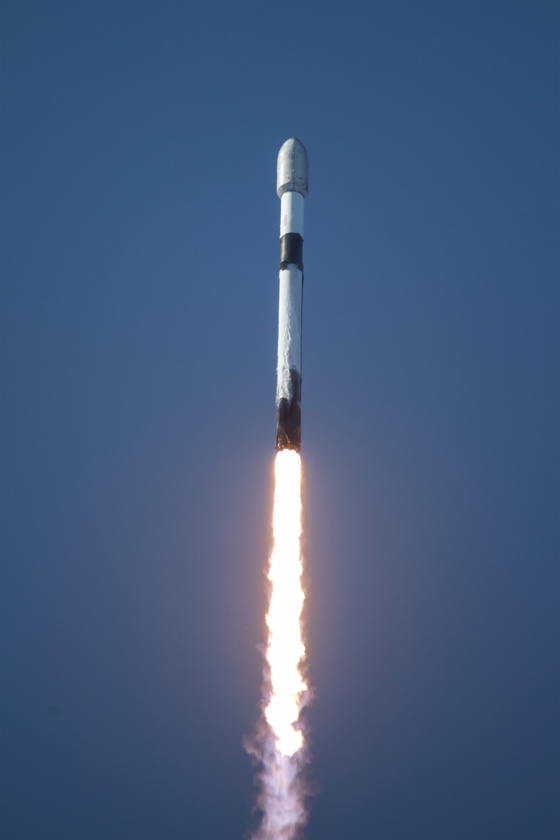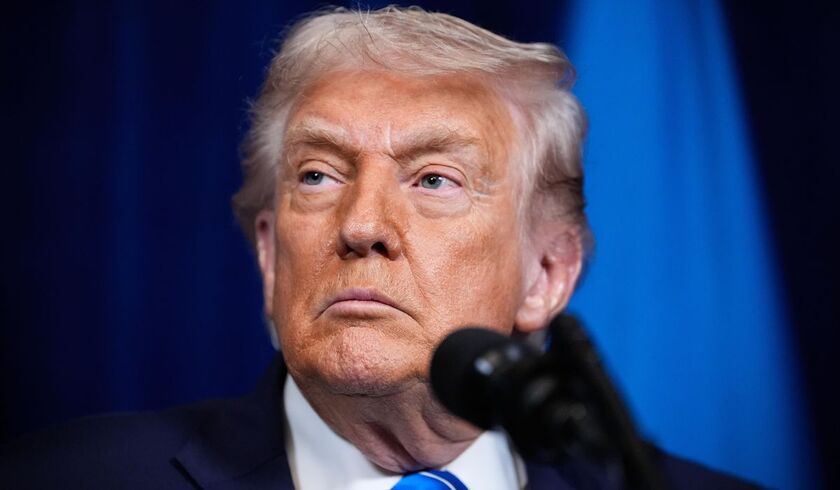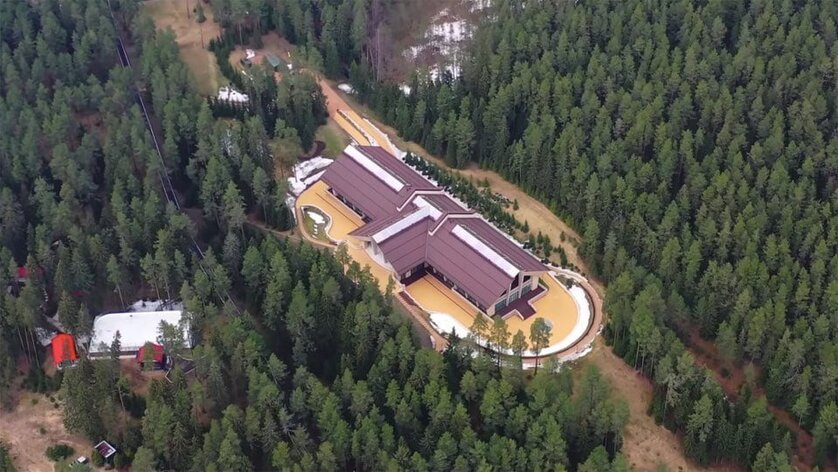SpaceX successfully launched its 100th Falcon 9 rocket mission of 2025 on Monday, Aug. 18, at 1626 UTC from Space Launch Complex 4 East(LC-4E) at Vandenberg Space Force Base in California, carrying 24 Starlink V2 Mini satellites into low Earth orbit.
The Starlink 17-5 mission, marked the 72nd Starlink launch of the year and brought the total number of Starlink satellites orbited in 2025 to 1,786.
The Falcon 9 rocket lifted off on a southerly trajectory from Vandenberg's pad 4E. The first stage booster, B1088, completed its ninth flight and landed successfully on the droneship "Of Course I Still Love You" in the Pacific Ocean. The Starlink satellites deployed approximately 50 minutes after liftoff.
The launch was part of SpaceX's ongoing effort to expand its Starlink broadband internet constellation, which supports its over 6 million broadband customers woldwide, and the U.S. Department of Defense communications through advanced low Earth orbit technology.
This mission added to SpaceX’s growing Starlink megaconstellation, which now comprises over 8,100 active satellites, providing global broadband internet coverage. Since the first Starlink launch in 2018, SpaceX has sent more than 9,400 satellites into orbit, significantly expanding its network to serve clients worldwide.
While Starlink 17-5 marks SpaceX’s 100th Falcon 9 flight of 2025, it is also the company's 103rd mission overall for the year, which also included three suborbital Starship test flights aimed at supporting future lunar and Martian missions.
Overall, Monday's mission marked SpaceX’s 528th completed launch, 489th successful landing, and 454th reflight of a Falcon 9 first stage, underscoring the company’s operational efficiency and commitment to reusable rocket systems.















